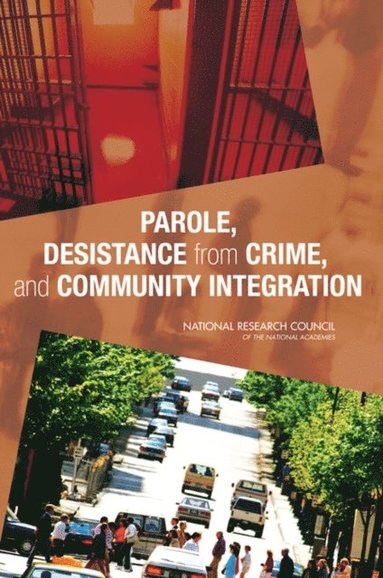
Fler böcker inom
- Format
- E-bok
- Filformat
-
PDF med LCP-kryptering (0.0 MB)
Om LCP-krypteringPDF-böcker lämpar sig inte för läsning på små skärmar, t ex mobiler. - Nedladdning
- Kan laddas ned under 24 månader, dock max 6 gånger.
- Språk
- Engelska
- Antal sidor
- 114
- Utgivningsdatum
- 2007-11-26
- Förlag
- National Academies Press
- ISBN
- 9780309110822
Parole, Desistance from Crime, and Community Integration E-bok
E-bok (PDF, LCP),
Engelska, 2007-11-26
Finns även som
Kundrecensioner
Har du läst boken?
Sätt ditt betyg »
Fler böcker av författarna
-
How People Learn
National Research Council, Division Of Behavioral And Social Sciences And Education, Cognitive Board On Behavioral And Sensory Sciences, Committee On Developments In The Science Of Learning With Additional Material From The Committee On
-
Nutrient Requirements of Dogs and Cats
National Research Council, Division On Earth And Life Studies, Board On Agriculture And Natural Resources, Committee On Animal Nutrition, Subcommittee On Dog And Cat Nutrition
-
How Students Learn
Committee On How People Learn: A Targeted Report For Teachers, National Research Council, National Academy Of Sciences, Cognitive Board On Behavioral And Sensory Sciences, Division Of Behavioral And Social Sciences And Education
-
Nutrient Requirements of Horses
National Research Council, Division On Earth And Life Studies, Board On Agriculture And Natural Resources, Committee On Nutrient Requirements Of Horses, Division On Earth And Life Studies
Du kanske gillar
-
Peak Human
Johan Norberg
Inbunden -
Peak Human
Johan Norberg
Häftad
